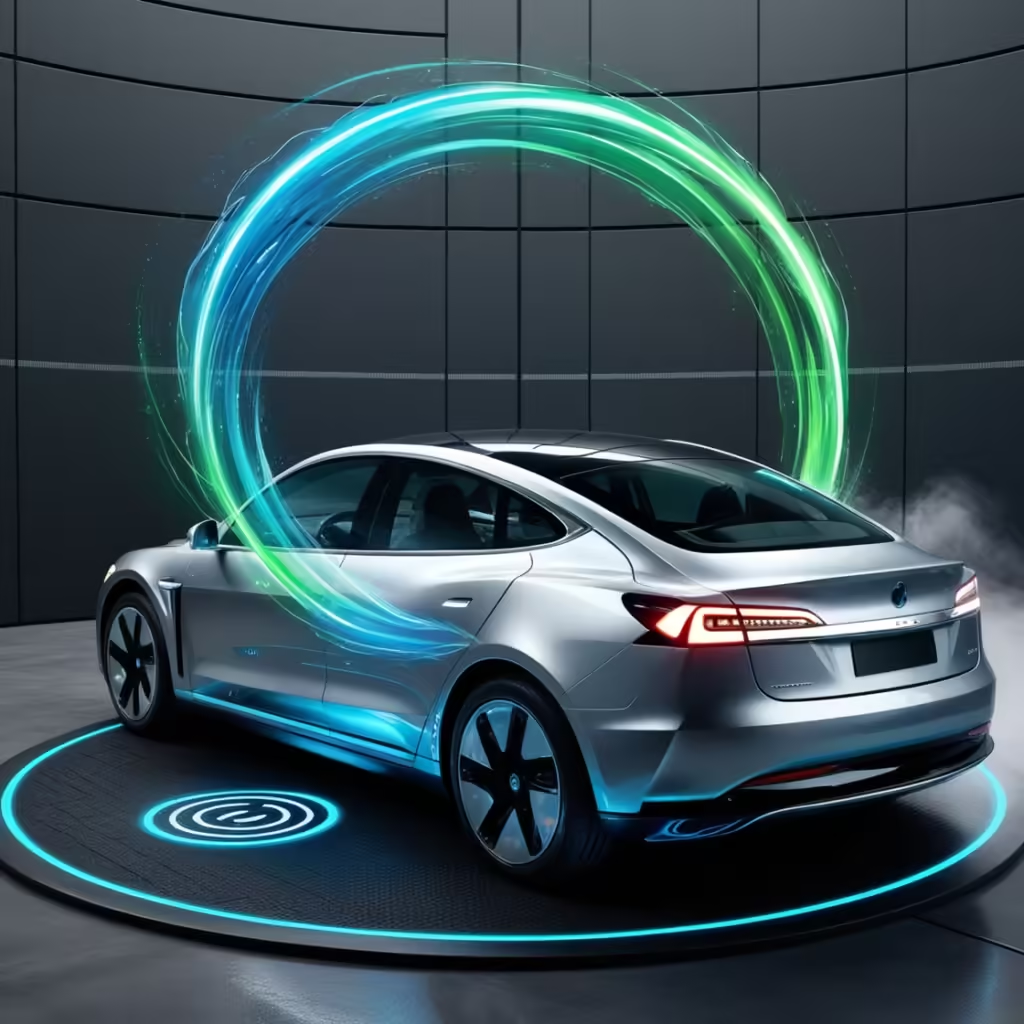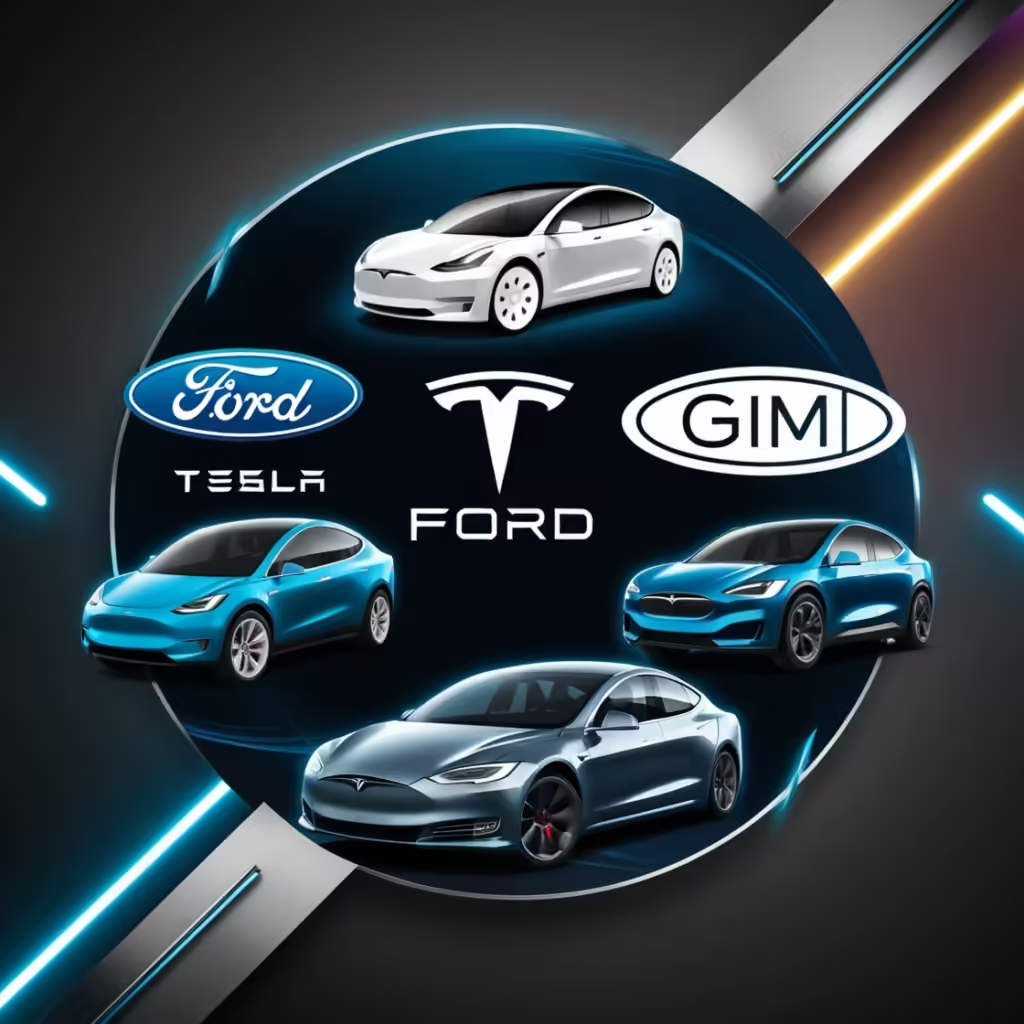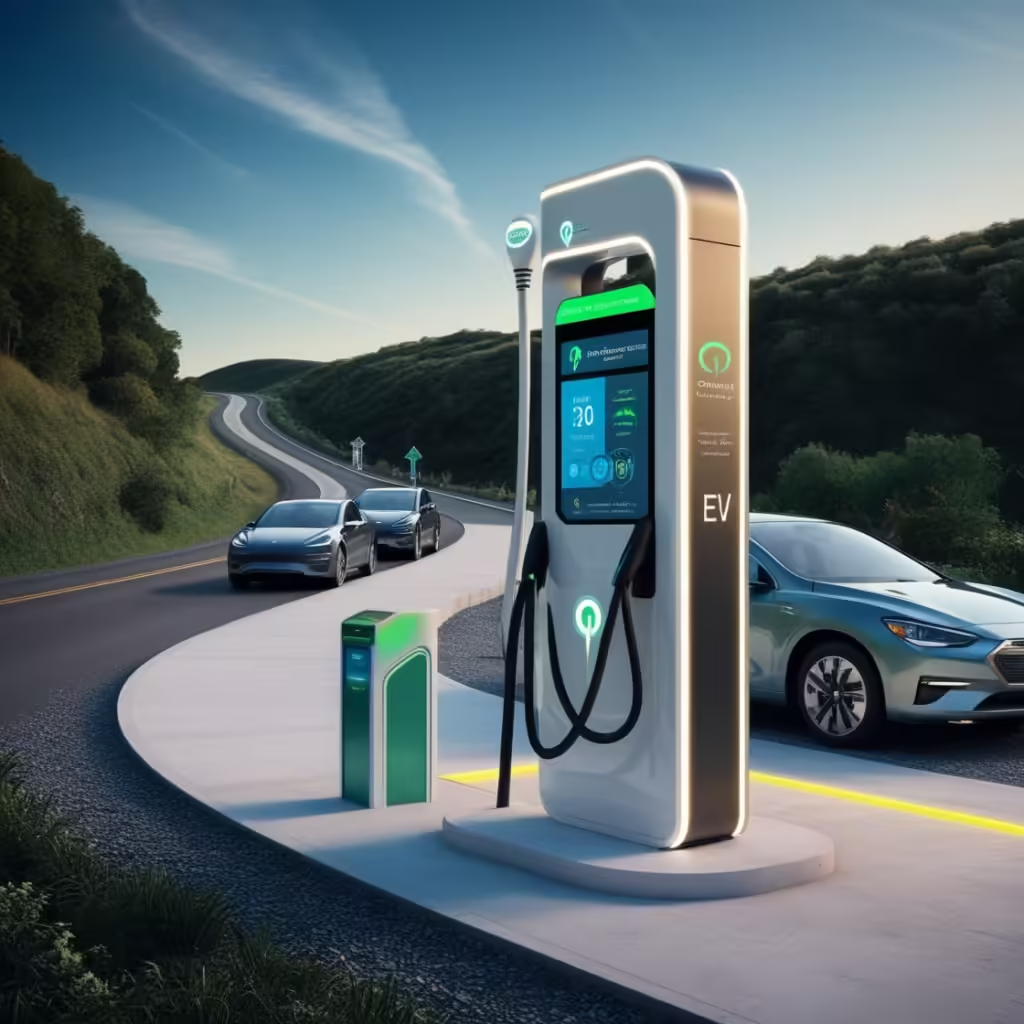Key Players in the EV Market – The Electric Vehicle (EV) Market and Infrastructure Development: A Deep Dive into the Future of Transportation.
Electric vehicles (EVs) are no longer just a niche market—they’re quickly becoming a significant part of the global automotive landscape. With growing concerns over climate change and the need for sustainable transportation, EVs offer a solution to reduce carbon emissions, improve air quality, and lower dependence on fossil fuels. However, one of the most pressing challenges for the EV market is infrastructure development. In this blog, we’ll explore the current state of the EV market, the ongoing advancements in charging infrastructure, and the challenges that still need to be addressed for EVs to become mainstream. Key Players in the EV Market
The Growth of the Electric Vehicle Market
The EV market has experienced remarkable growth over the past decade, driven by environmental awareness, government incentives, and advancements in EV technology. According to the International Energy Agency (IEA), global sales of EVs doubled from 2020 to 2022, reaching over 10 million units sold in 2022. Tesla, the pioneer of the EV movement, remains a leader in this space, while other major automakers such as Ford, General Motors, Volkswagen, and Nissan are also ramping up EV production to meet rising demand. Key Players in the EV Market
Several factors are fueling this growth:
Advancements in EV Technology: Innovations in EV technology, including increased range, faster charging, and enhanced battery life, have made EVs more appealing to mainstream consumers. Key Players in the EV Market
Government Support and Incentives: Countries worldwide offer subsidies, tax breaks, and incentives to make EVs more affordable. For instance, the U.S. has introduced tax credits of up to $7,500 for qualifying EV purchases, as part of its broader initiative to promote clean energy. Key Players in the EV Market
Declining Battery Costs: Battery technology has improved significantly, reducing the cost per kilowatt-hour (kWh) from over $1,000 in 2010 to around $137 in 2020. This decline has made EVs more affordable for the average consumer.
Key Players in the EV Market
General Motors (GM): GM aims to offer 30 new electric vehicles globally by 2025. The Chevrolet Bolt EV is already well-known, and upcoming models like the Cadillac Lyriq and the GMC Hummer EV are set to enhance GM’s EV portfolio.
Tesla (TSLA): Tesla has led the way with iconic models like the Model S, Model 3, and Model Y. Known for long ranges, frequent software updates, and advanced autopilot features, Tesla remains one of the most sought-after EV brands globally.
Rivian (RIVN): As a newer player focused on electric trucks and SUVs, Rivian has captured attention for its rugged yet high-tech vehicles. Rivian has also partnered with Amazon to develop a fleet of electric delivery vans.
Ford (F): Ford has made a significant commitment to the EV market with its Mustang Mach-E SUV and the F-150 Lightning, an electric version of America’s best-selling truck. Ford’s approach to EVs appeals to consumers looking for a combination of innovation and traditional vehicle design.
Charging Infrastructure: The Backbone of EV Growth
While EV sales are rising, the development of charging infrastructure is essential to support this growth. Without accessible, reliable, and fast charging stations, consumer hesitation around EVs will persist. Here are some critical areas of progress and challenges in EV infrastructure:
Home Charging Solutions: With the majority of EV owners charging at home, residential charging solutions are essential. Automakers now offer various home charging options, and some utilities provide incentives for installing chargers, helping consumers access convenient overnight charging.
Types of EV Chargers:
Level 1 chargers are standard 120V outlets, suitable for slow overnight charging.
Level 2 chargers operate at 240V, providing faster charging for home and commercial use, making them a popular option for public charging stations.
DC Fast Chargers (Level 3) offer rapid charging capabilities, allowing EVs to reach an 80% charge in as little as 20-30 minutes. However, DC chargers are costly and require significant electrical infrastructure.
Expansion of Public Charging Networks: Companies like Electrify America, ChargePoint, and EVgo are rapidly expanding their networks across the U.S. Tesla also has its proprietary Supercharger network, which is one of the most extensive and reliable systems globally.
Government Initiatives: The U.S. government’s Bipartisan Infrastructure Deal includes a $7.5 billion investment to build a nationwide network of 500,000 EV chargers by 2030. States are also developing their own programs to promote charging infrastructure, especially along highways and in underserved communities.
Challenges to Infrastructure Development
While there has been substantial progress in charging infrastructure, several challenges remain:
Charging Speed and Accessibility: Although fast-charging technology has improved, charging times are still longer than refueling a gasoline vehicle. Increasing the number of fast chargers and developing faster charging technologies will be critical for EV adoption.
Cost and Location: DC fast chargers are expensive to install, and finding suitable locations that can accommodate the necessary electrical load can be challenging, especially in rural or densely populated urban areas.
Grid Capacity: As EV adoption grows, so does the strain on local power grids. Many regions are investing in grid modernization to support the influx of EVs, but this can be a lengthy and costly process.
The Road Ahead: What to Expect for EVs and Infrastructure Development
The future of the EV market looks promising as companies and governments continue to invest in EV and charging infrastructure. Several trends are expected to shape the road ahead:
Expansion of Urban Charging Hubs: As more urban drivers switch to EVs, cities are developing charging hubs in high-traffic areas, making it easier for residents without home charging to recharge.
Battery Technology Advancements: Solid-state batteries and ultra-fast charging technology are in development, potentially reducing charging times and improving range in the coming years.
Wireless Charging: Companies are experimenting with wireless charging pads that could allow EVs to charge simply by parking over a charging pad. This technology, while in early stages, could be a game-changer for convenience and accessibility.
Integration with Renewable Energy: Some charging stations are now powered by renewable energy sources like solar and wind, supporting a cleaner energy cycle. The combination of renewable energy and EVs is aligned with global sustainability goals.

Conclusion
The EV market and its associated infrastructure are evolving rapidly, driven by both technological advancements and policy support. While challenges remain, especially in building accessible and reliable charging infrastructure, the growth of the EV market is expected to continue as consumer demand for clean transportation rises. For investors, consumers, and policymakers alike, the future of EVs promises both challenges and opportunities as they reshape the transportation industry.




